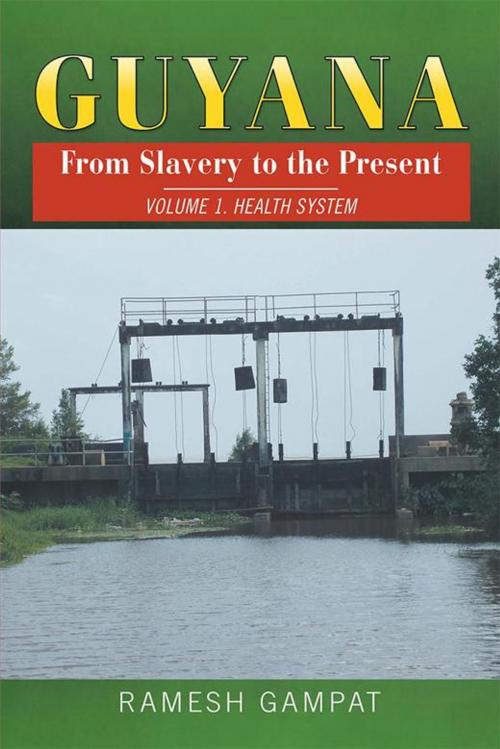| Author: | Ramesh Gampat | ISBN: | 9781503527096 |
| Publisher: | Xlibris US | Publication: | April 15, 2015 |
| Imprint: | Xlibris US | Language: | English |
| Author: | Ramesh Gampat |
| ISBN: | 9781503527096 |
| Publisher: | Xlibris US |
| Publication: | April 15, 2015 |
| Imprint: | Xlibris US |
| Language: | English |
It is common knowledge that slavery and indenture were characterized by long hours of physical labor, restriction of movement and other basic human freedoms, and severe punishment for violations of draconian labor laws. Less well known is the fact that nutrition was very deficient and a range of infectious diseases maimed, debilitated and killed on a large scale. In trying to narrow the knowledge gap with respect to Guyana, Ramesh Gampat shows that extremely poor sanitary conditions, hygiene and nutrition hastened infections and created a vicious cycle. The British protected its own soldiers, officials and colonists by establishing a medical enclave that lasted until Emancipation in 1838. Former slaves were quarantined to neglected and decaying villages and Indians to plantations. Concern with health conditions appeared only during periods of epidemics and even then it was essentially for the protection of Europeans. Colonial medicine opened the way for stereotyping, labeling, racialization of disease, neutralization of potential leaders in the struggle for justice, and crystallization of the view that Europeans were superior to Blacks and Indians. Shorter stature and life expectancy are good indications that slaves and indentured immigrants fared considerably less well than Europeans. Several infectious diseases sickened and fell Blacks and Indians, including malaria and undefined fevers, pneumonia and bronchitis, diarrhea, and enteritis, tuberculosis, pneumonia and hookworm. The conquest of malaria in the early 1950s initiated the epidemiological transition from communicable to chronic diseases, and today NCDs account for some three-quarters of all deaths in Guyana. Malaria has reemerged, fueled by a gold boom that consumes huge amount of mercury. The potentially adverse public health consequences of the trio have been neglected.
It is common knowledge that slavery and indenture were characterized by long hours of physical labor, restriction of movement and other basic human freedoms, and severe punishment for violations of draconian labor laws. Less well known is the fact that nutrition was very deficient and a range of infectious diseases maimed, debilitated and killed on a large scale. In trying to narrow the knowledge gap with respect to Guyana, Ramesh Gampat shows that extremely poor sanitary conditions, hygiene and nutrition hastened infections and created a vicious cycle. The British protected its own soldiers, officials and colonists by establishing a medical enclave that lasted until Emancipation in 1838. Former slaves were quarantined to neglected and decaying villages and Indians to plantations. Concern with health conditions appeared only during periods of epidemics and even then it was essentially for the protection of Europeans. Colonial medicine opened the way for stereotyping, labeling, racialization of disease, neutralization of potential leaders in the struggle for justice, and crystallization of the view that Europeans were superior to Blacks and Indians. Shorter stature and life expectancy are good indications that slaves and indentured immigrants fared considerably less well than Europeans. Several infectious diseases sickened and fell Blacks and Indians, including malaria and undefined fevers, pneumonia and bronchitis, diarrhea, and enteritis, tuberculosis, pneumonia and hookworm. The conquest of malaria in the early 1950s initiated the epidemiological transition from communicable to chronic diseases, and today NCDs account for some three-quarters of all deaths in Guyana. Malaria has reemerged, fueled by a gold boom that consumes huge amount of mercury. The potentially adverse public health consequences of the trio have been neglected.















